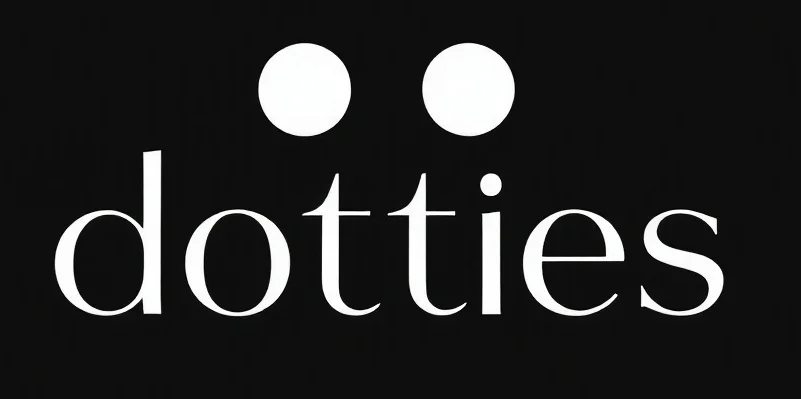AI: The New Gatekeeper in E-commerce
Imagine you’re a seller on eBay, the modern marketplace where the global bazaar meets the convenience of a digital storefront. You’ve carefully crafted your listings, polished your customer service skills, and even learned how to navigate the occasionally choppy waters of online reviews. But there’s one task that remains as irksome as a stone in your shoe: dealing with problematic buyers. Fortunately, eBay has given sellers a tool to block undesirable buyers—a digital bouncer for your storefront. For a detailed guide on this, check out ebay block buyer.
The Role of AI in E-commerce
Now, let’s talk about AI’s role here. We’ve been promised a future where AI handles all our menial tasks, yet the reality is more nuanced. AI in e-commerce isn’t some omnipotent force; think of it more like a vigilant intern—capable, but needing guidance. In the context of managing buyers, AI systems can help identify patterns of behavior that are less than favorable. However, they still require human oversight to ensure that the decisions they make align with business goals and ethical standards.
AI as an Intern, Not an Overlord
When you block a buyer, it might feel like wielding a mighty hammer. But remember, AI is there to suggest where to swing, not to wield it for you. AI algorithms analyze transactional history, feedback scores, and other data points. It can flag potential issues, like incessant complaints or suspicious buying patterns. It’s your job to decide whether to heed its advice or override it. AI gives us a layer of protection but leaves the final decision in human hands.
The Human Element
Why the emphasis on human oversight? Because AI, much like an intern, can make mistakes. It can misinterpret data or miss subtle nuances that only a human eye might catch. For example, a high return rate flagged by AI could be due to a genuine issue in the product description or shipping process rather than buyer malfeasance. Only a human can discern the difference and take action accordingly.
Making the Most of AI Tools
When using tools like eBay’s buyer block feature, the aim is to enhance your business, not create unnecessary barriers. Use AI to help streamline your process, but always keep an open channel for genuine customer feedback. This approach ensures that your business remains agile and responsive to customer needs while being protected from potential harm.
Actionable Recommendations for Business Owners
- Educate Yourself: Familiarize yourself with AI tools available on platforms like eBay. Understand what they can do and where their limitations lie.
- Stay Hands-On: Regularly review the decisions suggested by AI. Make sure they align with your business ethics and customer service standards.
- Collect Data: Use the data provided by AI to identify trends and patterns in buyer behavior. This can help you make informed decisions about your inventory and customer engagement strategies.
- Feedback Loop: Maintain a feedback loop with your customers. AI can flag issues, but understanding the ‘why’ behind these issues often requires a human touch.
In conclusion, as e-commerce platforms continue to integrate AI, remember that these tools are aids, not replacements for human intuition and judgment. Embrace AI as your digital intern—capable and insightful, but always under your watchful eye.
Checkout ProductScope AI’s Studio (and get 200 free studio credits)

